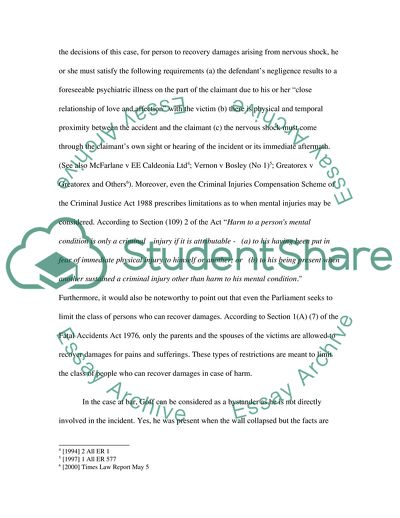Cite this document
(Goff and Palegray versus Chief Constable of South Yorkfordshire Case Study - 2, n.d.)
Goff and Palegray versus Chief Constable of South Yorkfordshire Case Study - 2. https://studentshare.org/law/1732374-law
Goff and Palegray versus Chief Constable of South Yorkfordshire Case Study - 2. https://studentshare.org/law/1732374-law
(Goff and Palegray Versus Chief Constable of South Yorkfordshire Case Study - 2)
Goff and Palegray Versus Chief Constable of South Yorkfordshire Case Study - 2. https://studentshare.org/law/1732374-law.
Goff and Palegray Versus Chief Constable of South Yorkfordshire Case Study - 2. https://studentshare.org/law/1732374-law.
“Goff and Palegray Versus Chief Constable of South Yorkfordshire Case Study - 2”. https://studentshare.org/law/1732374-law.


